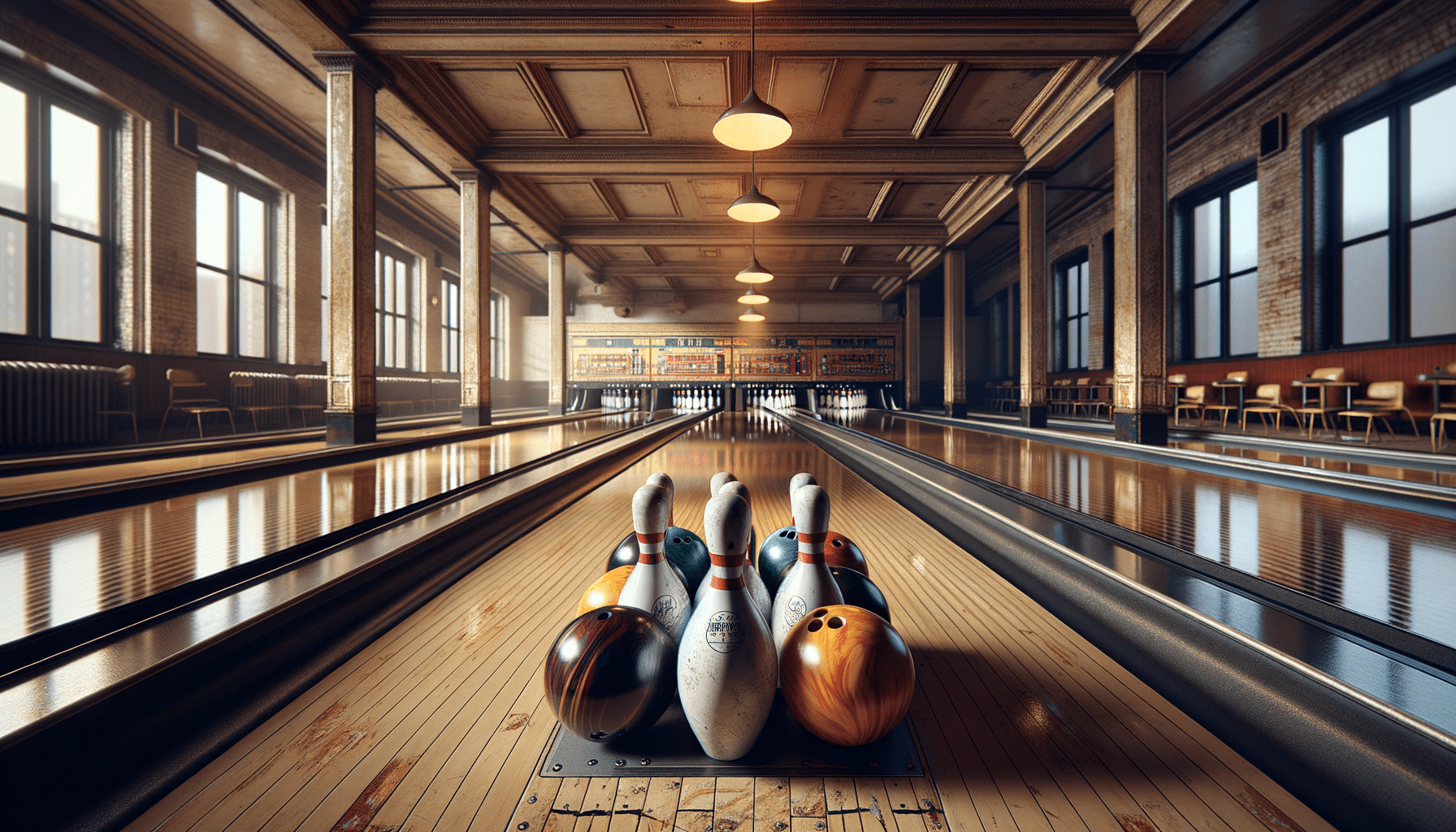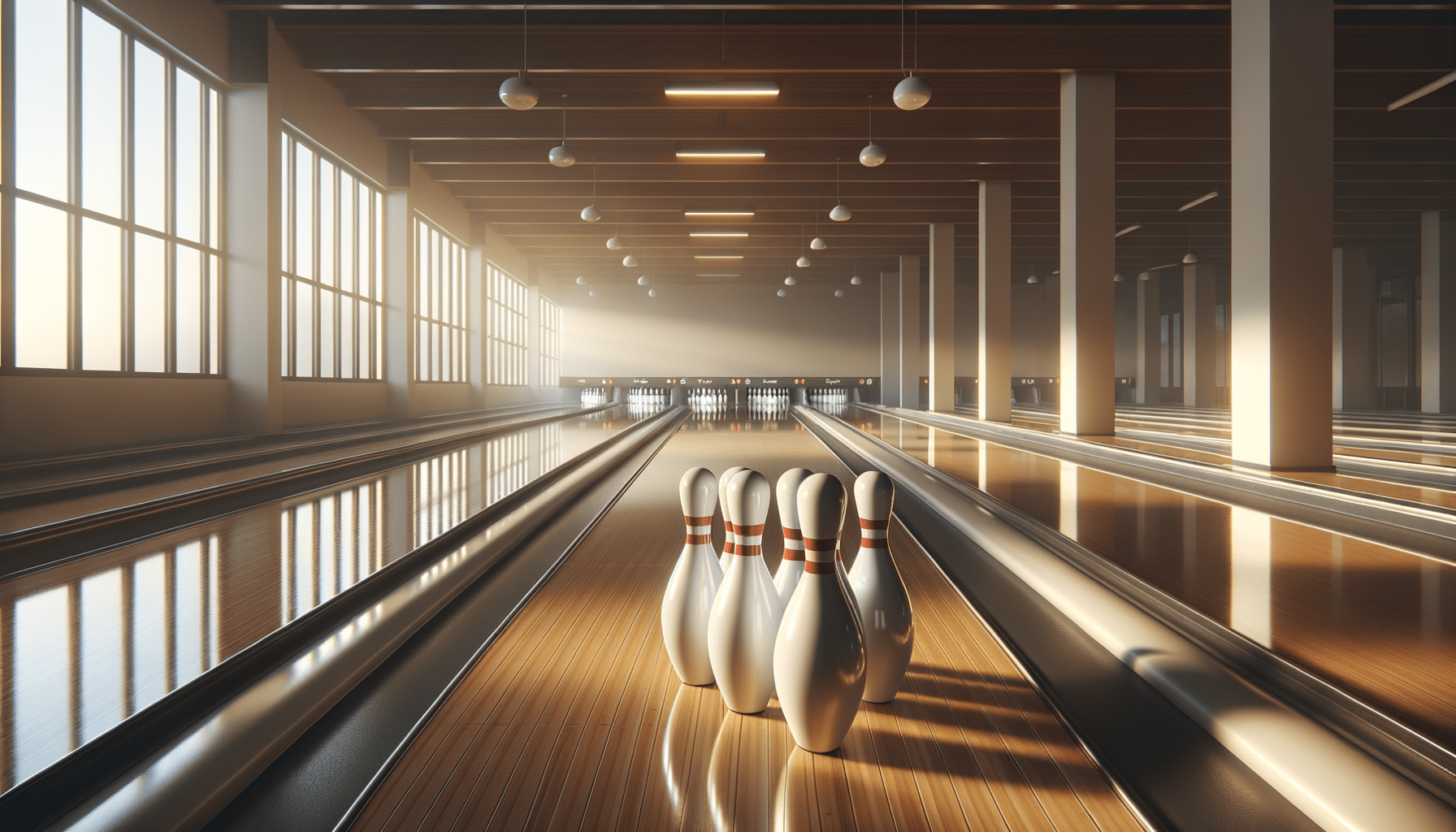
The Art and Science of Bowling: A Comprehensive Guide
Introduction to Bowling
Bowling is a sport that combines skill, precision, and a touch of strategy. With origins tracing back thousands of years, it has evolved into a popular pastime enjoyed by millions worldwide. This guide delves into the fascinating world of bowling, exploring its history, techniques, equipment, and the subtle art of perfecting one’s game.
The Rich History of Bowling
Bowling’s history is as diverse as it is ancient. Archaeological findings suggest that forms of this sport were played in ancient Egypt, with items resembling bowling pins discovered in children’s tombs. Over the centuries, bowling has morphed through various forms and rules, becoming the structured game we recognize today. The modern version of bowling, with standardized rules and equipment, began to take shape in the 19th century, particularly in Europe and North America. This era saw the establishment of the first official bowling organizations and the creation of the first indoor bowling alleys.
The sport’s evolution continued into the 20th century, with technological advancements improving both the equipment and the playing surfaces. Today, bowling is a professional sport with international tournaments, as well as a beloved recreational activity.
The Anatomy of a Bowling Lane
Understanding the layout of a bowling lane is crucial for any bowler aiming to improve their game. A standard bowling lane is 60 feet long from the foul line to the headpin, and about 42 inches wide. The lane is divided into several parts: the approach area, the foul line, the lane itself, and the pin deck.
The approach is where bowlers begin their delivery, typically taking a few steps before releasing the ball. The foul line marks the boundary bowlers must not cross during their delivery. The lane is oiled to varying degrees, affecting the ball’s movement and adding an element of strategy. Finally, the pin deck is where the ten pins are set in a triangular formation.
Each of these components plays a role in the complexity of the game, requiring bowlers to adapt their techniques based on the lane conditions.
Essential Equipment for Bowling
Bowling equipment is designed to enhance performance and ensure safety. The most critical piece of equipment is the bowling ball. Balls come in various weights, typically ranging from 6 to 16 pounds, with different core designs and coverstock materials affecting their behavior on the lane. Selecting the right ball is a personal decision, often based on a player’s skill level and style.
Bowling shoes are another essential item, specially designed to allow smooth sliding on the approach while providing stability during the delivery. Many bowling alleys offer rental shoes, but serious bowlers often invest in custom-fitted shoes.
Additional equipment includes wrist supports, finger tape, and ball cleaners, all of which can help improve a bowler’s game. Maintaining equipment properly is also vital, as it ensures longevity and optimal performance.
Mastering Bowling Techniques
Mastering the art of bowling requires understanding and practicing various techniques. The grip, stance, and release are fundamental elements that can significantly impact a bowler’s performance. A proper grip ensures control and accuracy, while an effective stance provides balance and power.
Releasing the ball with the right amount of spin and speed is crucial for achieving strikes and spares. Bowlers often practice different types of shots, such as straight, hook, and backup, each offering unique advantages depending on the lane conditions and pin setup.
Consistency is key in bowling, and regular practice is essential to hone one’s skills. Many bowlers also study the game’s mental aspects, learning to focus and maintain composure under pressure. With dedication and patience, anyone can improve their bowling game and enjoy the satisfaction of a well-played match.


